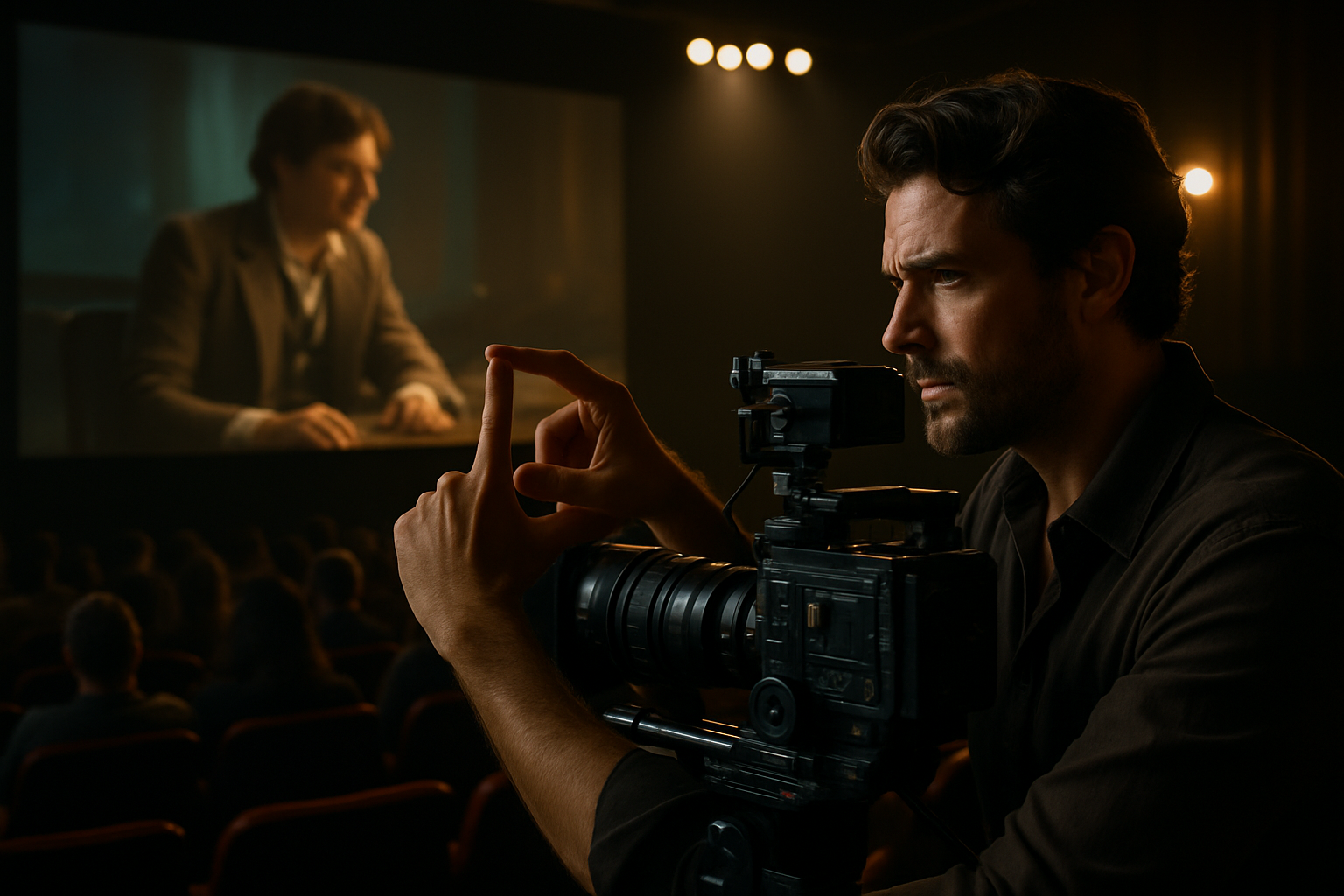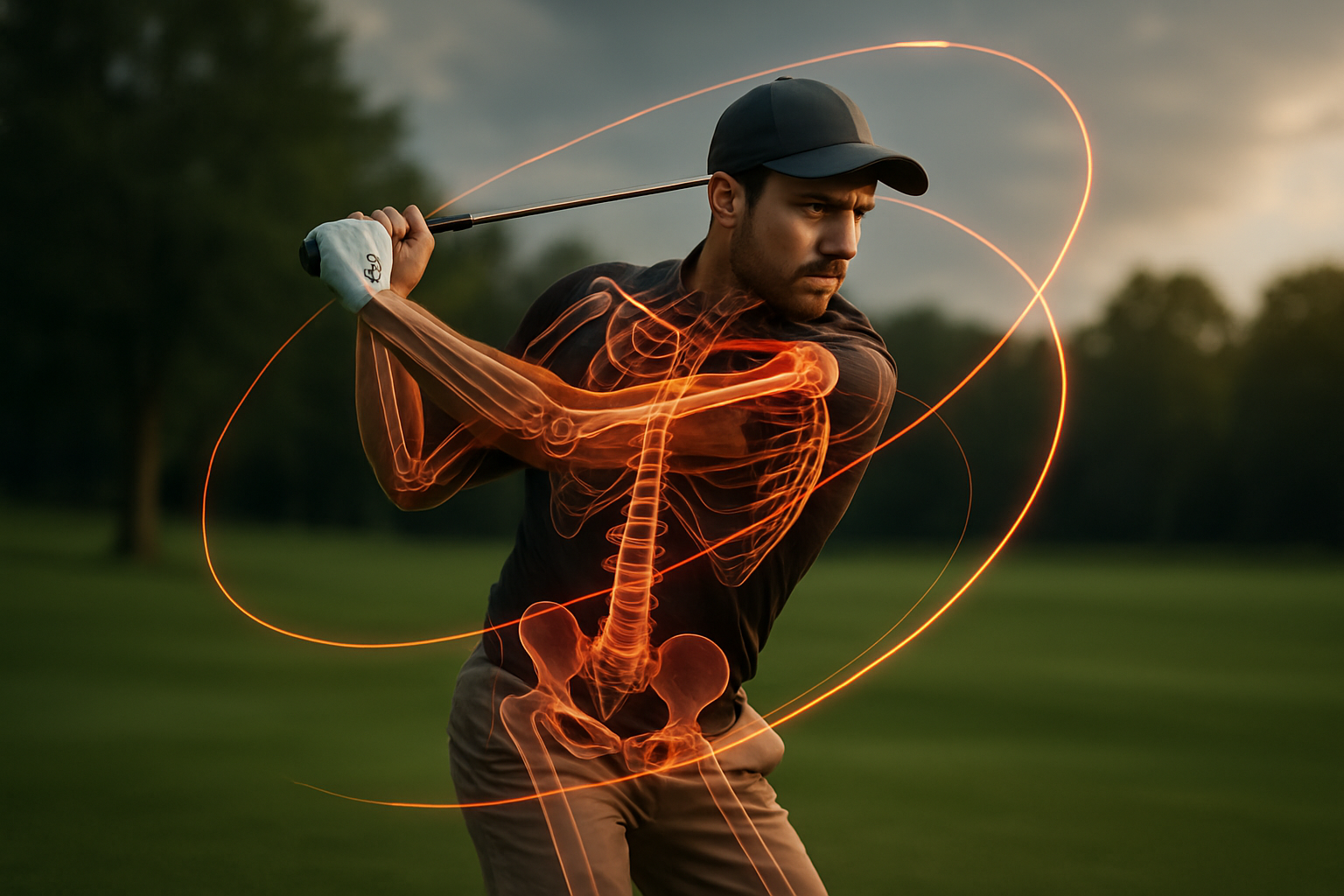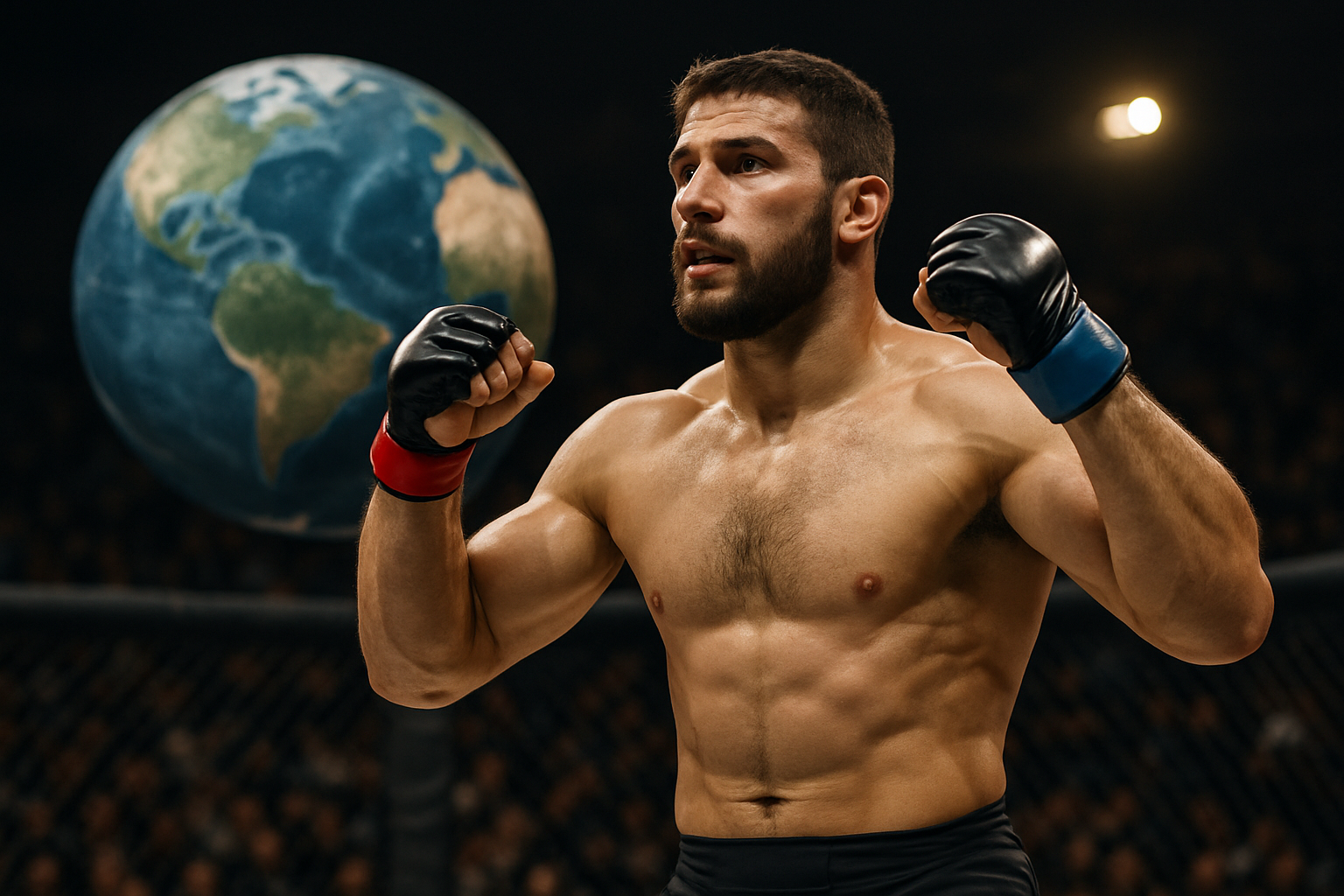"Cinematic Poetry: The Unfolding Narrative of Visual Storytelling"
Introduction: In the ever-evolving landscape of the arts and entertainment industry, a new form of cinematic expression is gaining traction—visual storytelling. This article delves into the origins, current trends, and the profound impact of this artistic movement on the global film industry.

A Glimpse into the Past: The Genesis of Visual Storytelling
Visual storytelling, although a relatively recent term, has roots that trace back to the silent film era. During the early 20th century, filmmakers relied heavily on visual cues to narrate their stories, as spoken dialogue was not yet a possibility. This reliance on visual elements fostered a unique cinematic language, one that prioritized imagery and symbolism over verbal communication.
The Modern Canvas: Visual Storytelling in Contemporary Cinema
Fast forward to the 21st century, and visual storytelling has evolved into a sophisticated narrative technique. Today’s filmmakers are increasingly using visual elements—such as color, lighting, and composition—to convey complex emotions and themes. Recent films like “The Grand Budapest Hotel” and “Mad Max: Fury Road” are prime examples of this trend, using distinctive visual styles to enhance their narratives.
The Impact: How Visual Storytelling is Changing the Film Industry
The rise of visual storytelling has had a profound impact on the film industry. It has challenged traditional narrative structures, pushing filmmakers to explore new ways of conveying their stories. Moreover, it has also influenced film criticism, with critics now paying more attention to a film’s visual elements in their analyses.
The Reception: Audience and Critical Response to Visual Storytelling
Audiences and critics alike have embraced visual storytelling, recognizing its potential to enrich cinematic experiences. Films that employ this technique have been lauded for their visual inventiveness, often earning accolades for their cinematography. However, some critics argue that an overemphasis on visuals can detract from a film’s narrative, indicating a divide in the reception of this trend.
Looking Ahead: The Future of Visual Storytelling
As we move further into the digital age, the role of visual storytelling in cinema is likely to grow. Advances in technology are providing filmmakers with more tools to experiment with visual narratives, suggesting a future where visual storytelling becomes an integral part of cinematic expression.
In conclusion, visual storytelling represents a significant shift in the way stories are told in cinema. By placing visuals at the forefront of narrative, this artistic movement is redefining the boundaries of film and offering audiences new ways to engage with cinematic art. As we continue to explore this trend, one thing is clear: the story of visual storytelling is just beginning to unfold.





